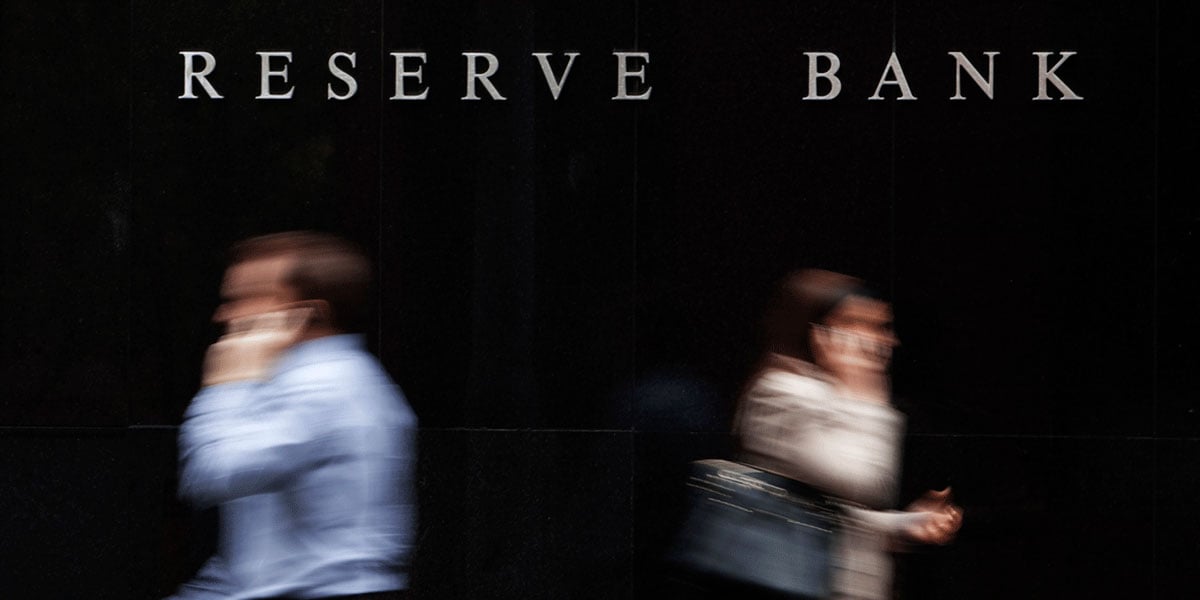Download the PDF

No RBA rate cut on the Christmas list this year
This week’s hotter than expected CPI has extinguished hopes of an RBA rate cut on Melbourne Cup Day next Tuesday and strikes it off the Christmas list too. Headline inflation grabbed centre stage, rising from 2.1% in June to 3.2% in September, driven largely by rising electricity prices as the annual default market offer reset higher. However, excluding one-off price rises and other large price changes, the trimmed mean inflation measure also rose more than expected in September, suggesting inflationary pressures are more broadly based. Our analysis suggests that while there will be an easing in inflationary pressures in the December quarter, the lift in inflation will be enough to keep the RBA sidelined this year.
Earlier in the week, RBA Governor Bullock drew a clear line in the sand, noting a 0.9% quarterly rise in the trimmed mean CPI would represent a “material miss” compared to their August forecast of 0.6%. With the September quarter trimmed mean CPI subsequently printing at 1.0% for the quarter, markets quickly shifted to price-out any remaining probability of a November rate cut. Market pricing now suggests just one more rate cut from the RBA, consistent with our view.
With a November rate hold already our base case, and a forecast for trimmed mean inflation at 0.9%, neither Governor Bullock’s commentary nor the CPI details came as a huge shock. However, revisions to seasonal adjustment factors and the forecast miss combined to push annual underlying inflation from 2.7% in June to 3.0% in September, compared to our expectation of 2.8%. This matters, as it means underlying inflation now sits at the top of the RBA’s target band, leaving no room for upside surprise.
Two contributors to the uptick in underlying inflation over the September quarter, the rebound in market services inflation and new home construction costs, have been covered in previous briefs. We are less concerned about the lift in market services prices as we expect its impact to be largely temporary. In fact, we expect a gradual slowing in market services inflation over 2026 as the softer labour market allows growth in unit labour costs to ease.
However, the rebound in new home construction costs is more likely to have lingering impacts on inflation, reflecting labour shortages and productivity weakness. Rising construction input costs and rebuilding margins are combining to push prices higher than we expected. Cautious signalling from the RBA on future rate cuts should be effective in slowing housing demand and curtailing further margin expansion in the housing sector, leaving it to be driven by cost pressures. This is likely to be marginally slower than the 1.1% increase seen in the September quarter, but higher than we had previously expected.
From the RBA’s perspective, prices most sensitive to monetary policy actually remain relatively contained. Core market goods and services price inflation ticked up from 2.4% in June to 2.6% in September and should remain within the 2-3% target band going forward.
The real drivers of September’s headline inflation surge were prices largely outside the RBA’s control. Costs like electricity and gas, rates and water, fuel, childcare, as well as other essential services like health and education are either set, or heavily influenced by, government regulation or public sector providers. These administered prices and volatile items pushed headline inflation to an annual rate of 3.2% in September from 2.1% in June. And there is likely worse to come. With electricity rebates set to expire at the end of this year, headline inflation is likely to lift to around 3.5% in the next six months.
Unlike market sector price rises which typically reflect a strong economy, higher prices for these essential items act as an additional tax on consumers, eroding real disposable incomes. Keeping policy tight when the source of inflation is administered prices poses a difficult challenge for the RBA, as it risks further weakening an already fragile economic recovery and having negative impacts on the labour market.
Looking ahead, we expect quarterly inflation to ease in the December quarter. But with annual trimmed mean inflation likely to hit 3.1% in December, the hurdle for another rate cut has risen sharply. While growth in the economy will remain below trend, we expect little change in labour market tightness as labour supply is also softening. Unless the unemployment rate climbs meaningfully, the RBA will wait for clearer signs that inflationary pressures are easing before they deliver their final rate cut for this cycle. We now see the June quarter as the earliest window for a rate cut.
